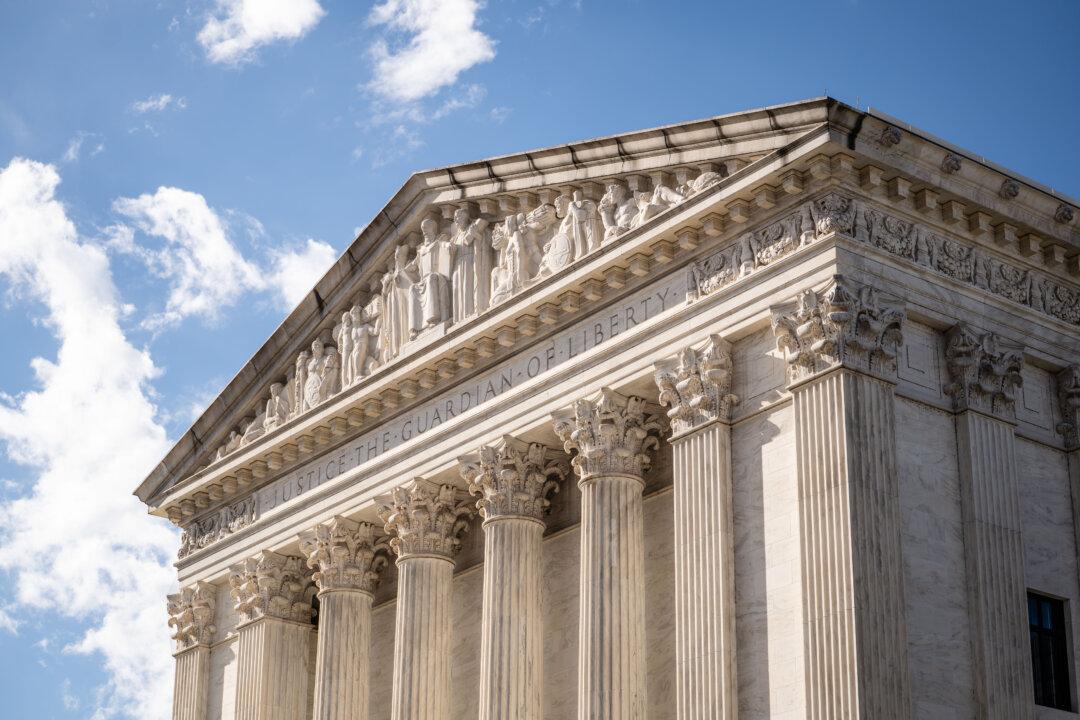Antique dealers are challenging a law that makes it nearly impossible to market some of their wares in New York state that are otherwise legal to sell in the United States.
The case is Art and Antique Dealers League of America Inc. v. Seggos, pending before the U.S. Court of Appeals for the 2nd Circuit. Basil Seggos is the commissioner of the New York State Department of Environmental Conservation. Also listed as defendants–appellees in the case are the Humane Society of the United States, the Center for Biological Diversity, the Natural Resources Defense Council, and the Wildlife Conservation Society.





